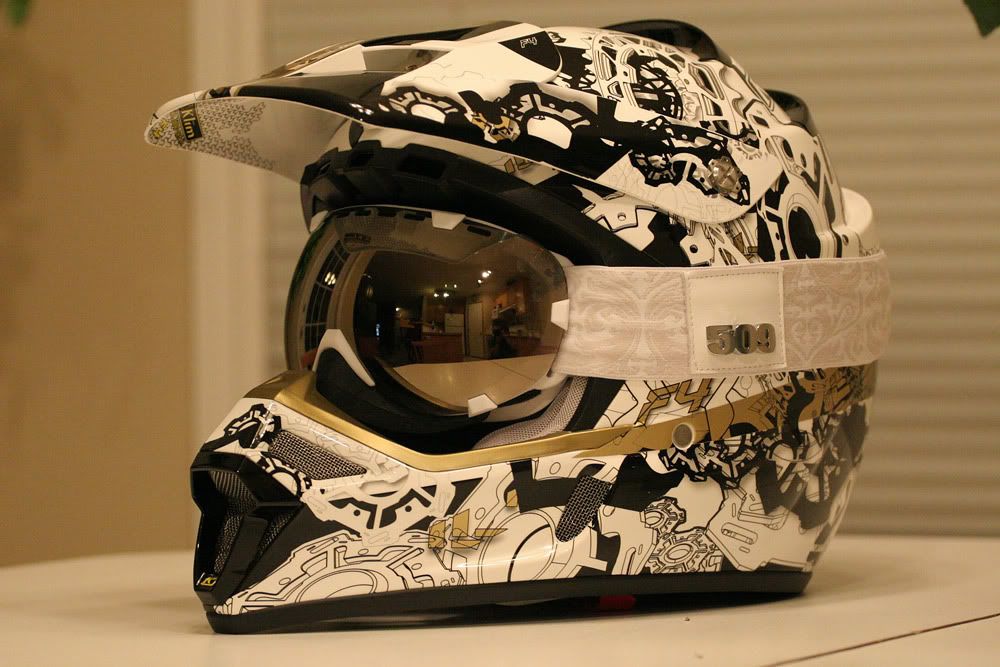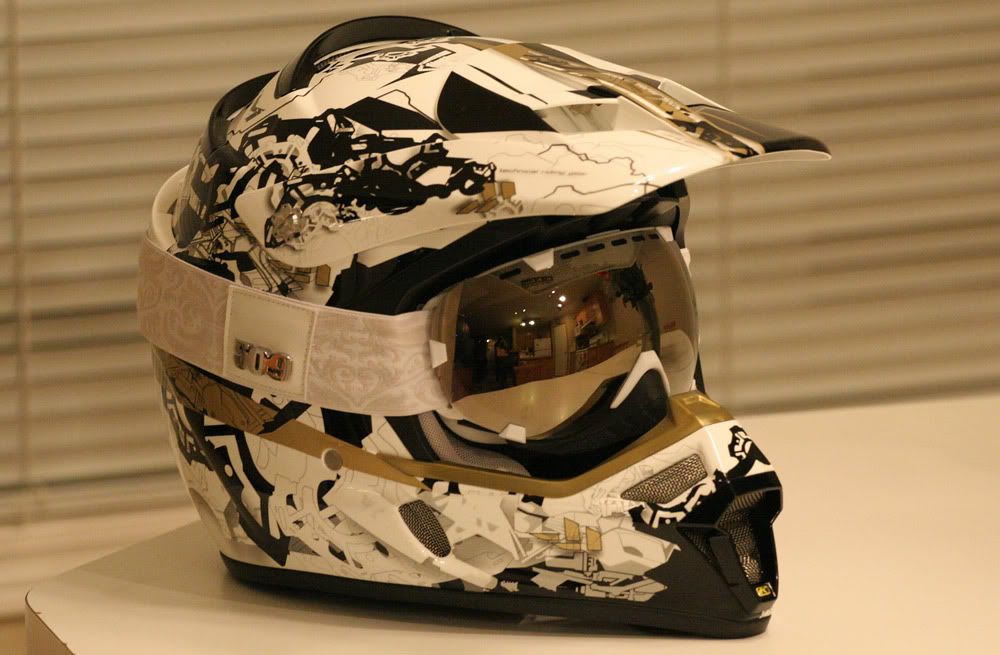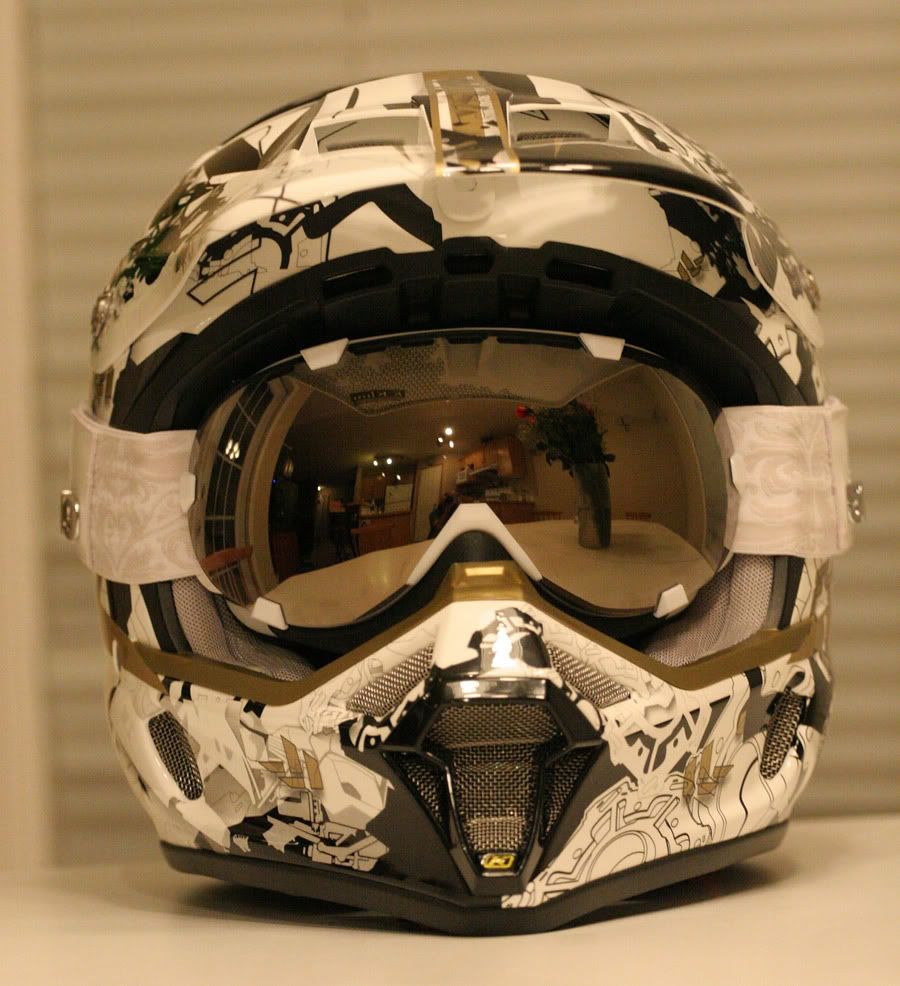But as helmet technology has improved and accident research has accumulated, many head-injury experts feel the Snell M2000 and M2005 standards are, to quote Dr. Harry Hurt of Hurt Report fame, "a little bit excessive."
The killer—the hardest Snell test for a motorcycle helmet to meet—is a two-strike test onto a hemispherical chunk of stainless steel about the size of an orange. The first hit is at an energy of 150 joules, which translates to dropping a 5-kilo weight about 10 feet—an extremely high-energy impact. The next hit, on the same spot, is set at 110 joules, or about an 8-foot drop. To pass, the helmet is not allowed to transmit more than 300 Gs to the headform in either hit.
Tough tests such as this have driven helmet development over the years. But do they have any practical application on the street, where a hit as hard as the hardest single Snell impact may only happen in 1 percent of actual accidents? And where an impact as severe as the two-drop hemi test happens just short of never?
Dr. Jim Newman, an actual rocket scientist and highly respected head-impact expert—he was once a Snell Foundation director—puts it this way: "If you want to create a realistic helmet standard, you don't go bashing helmets onto hemispherical steel balls. And you certainly don't do it twice.
"Over the last 30 years," continues Newman, "we've come to the realization that people falling off motorcycles hardly ever, ever hit their head in the same place twice. So we have helmets that are designed to withstand two hits at the same site. But in doing so, we have severely, severely compromised their ability to take one hit and absorb energy properly.
"The consequence is, when you have one hit at one site in an accident situation, two things happen: One, you don't fully utilize the energy-absorbing material that's available. And two, you generate higher G loading on the head than you need to. "What's happened to Snell over the years is that in order to make what's perceived as a better helmet, they kept raising the impact energy. What they should have been doing, in my view, is lowering the allowable G force.
"In my opinion, Snell should keep a 10-foot drop [in its testing]. But tell the manufacturers, 'OK, 300 Gs is not going to cut it anymore. Next year you're going to have to get down to 250. And the next year, 200. And the year after that, 185.'"






 . Only $17,000.
. Only $17,000.











